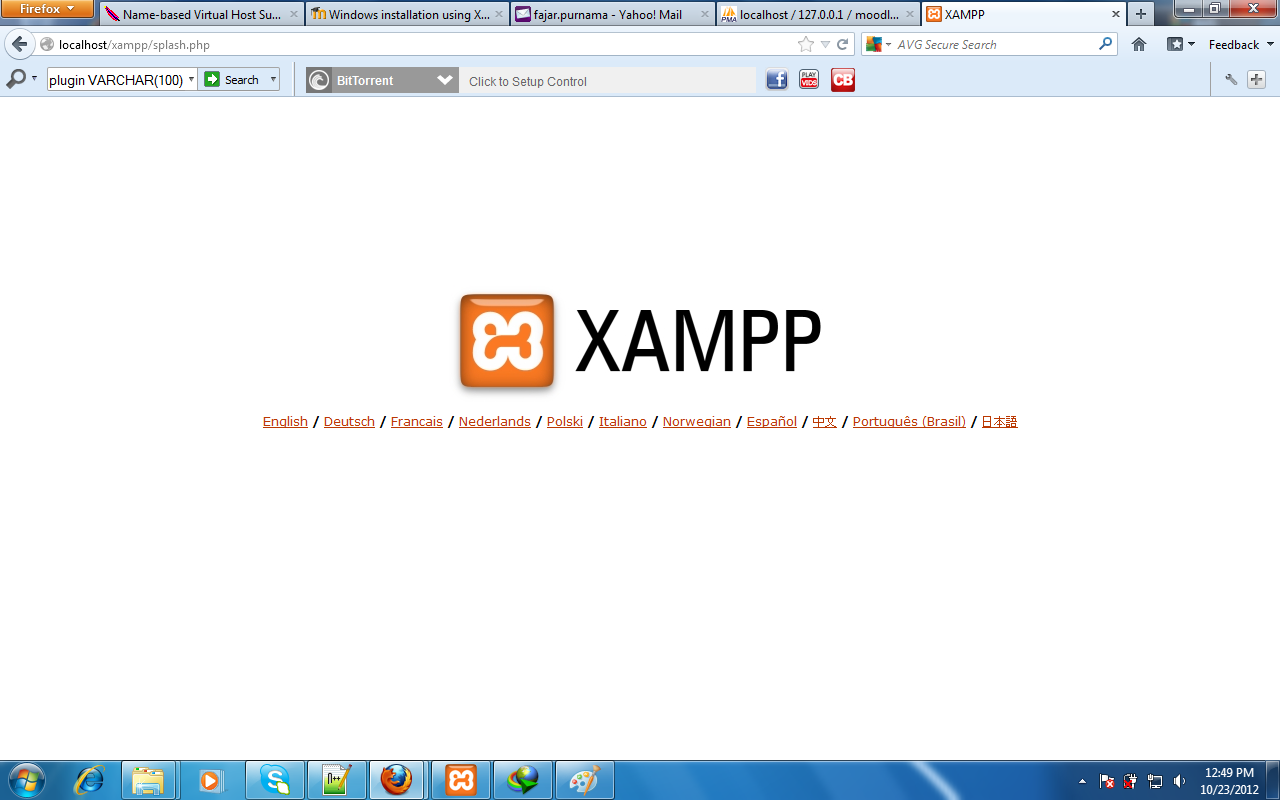

After MediaWiki tells you that everything went smoothly, save your LocalSettings.php file to your wiki's root folder, e.g.

This means the MySQL root account and its password. If you enabled the "security" option, then you need to Use superuser account.Follow the MediaWiki installer's instructions, entering the user name, and password you wrote down during the "creating your database" step above.Direct your browser to the appropriate page, e.g.To unpack such archive the following command can be used in Windows cmd or PowerShell: tar xzvf, e.g. mywiki\ of the htdocs folder, wherever that is e.g. Extract all your MediaWiki files and folders into a subfolder e.g.Look for Dynamic Extensions and make sure "extension=intl" is uncommented. Open the php.ini (can be found in the folder /path_to_xampp/php in most linux distributions, this file has the the path /opt/lampp/etc/php.ini ) file using your favorite text editor and find the following section and change to max_execution_time = 600.To make sure that the Apache HTTP server doesn't time out during the creation of the databases, modify the php.ini config file: Click the radio button for "Grant all privileges on database "xxx".You may want to write down your database name, user name, and password, because you'll need those to install MediaWiki. Enter a name for the user (e.g., wikiuser), a password and for the hostname select Local/localhost.Go into the new database and click on Privileges on the top bar.if your wiki is using utf8 for its default charset then choose utf8_unicode_ci, and click Create) Go to phpMyAdmin at the top of the page.In this case you need to change the port number for XAMPP. You may encounter a MySQL port conflict in XAMPP if you have installed MySQL before in the system.

The service ports in xampp-control.ini must be changed in the same way.


 0 kommentar(er)
0 kommentar(er)
